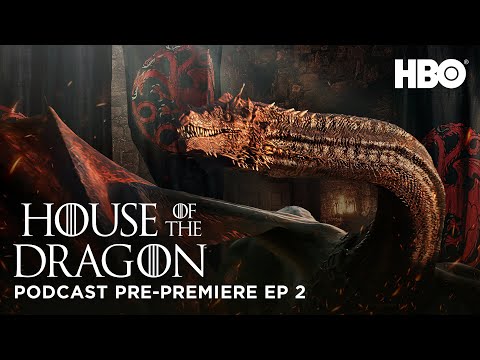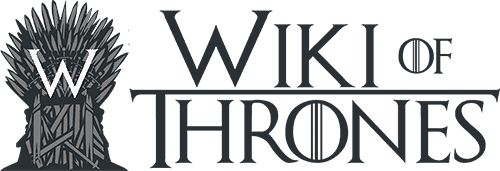General
Sound designer Paula Fairfield explores the process behind the dragons’ voices in new episode of the Game of Thrones podcast
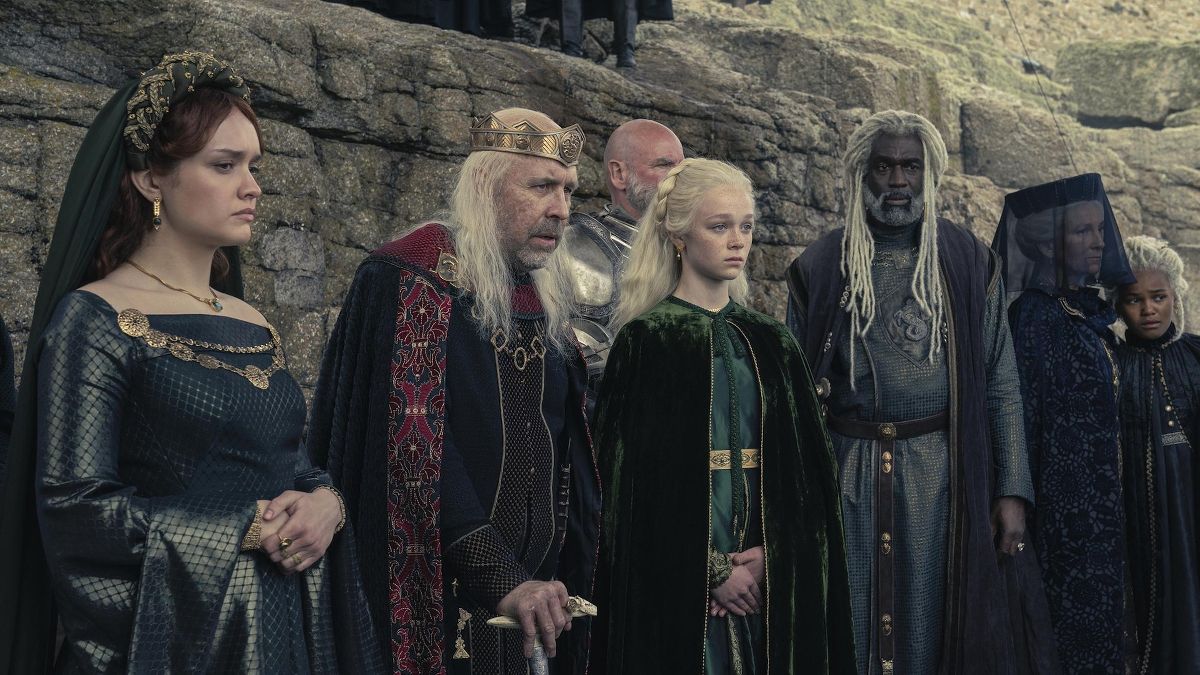
With House of the Dragon Season 2 almost upon us, the Official Game of Thrones Podcast has returned. Jason Concepcion and Greta Johnsen will host the podcast. In the second episode, the hosts interviewed the show’s sound designer, Paula Fairfield, to understand how the sound design for the dragons was done.
Read More: “Huge sense of conflict,” says House of the Dragon cast about filming during the actors’ strikes
House of the Dragon podcast dives into the sound design behind the dragons
Fairfield provided a detailed insight into the thought process behind the dragons’ sound design. She explained that the dragons, including Caraxes, are ‘limbic.’ This means they mirror the emotions and personalities of their riders.
She mentioned that it was imperative to develop something unique for Caraxes, as he has a significant presence in the show, as does his rider, Daemon. Fairfield described Caraxes as a dragon who is ‘irritating and loud and burps a lot.’
She mentioned how she played around with Caraxes’s characteristic whistling sounds. The whistling sound is now immediately recognisable as Caraxes announcing his arrival on screen.
She explained that she wanted to give Caraxes a sound that was ‘wild’ and unique and differed from the other dragons. When people voted in a poll after the first season of House of the Dragon, they said they loved Caraxes because of his ‘singing.’
Fairfield said that, as a dog owner, she compares dragons to dogs. She noted that she differentiates her dogs by their vocal palates and mentioned how they sometimes make unique, unexpected noises. She went into more detail, mentioning that Caraxes’s voice has four levels, each of which can have up to 10 layers.
When asked to identify dragon sounds from recordings, Fairfield mentioned that Caraxes has sound recordings from dolphins, whales, bison, and walruses, with the sound of cloth moving for his wings. She mentioned that Vermax has vulture sounds along with badgers spitting. Syrax was described to her as ‘eagle-like’, so she has a lot of eagle and falcon sounds.
Paula Fairfield’s sound design process
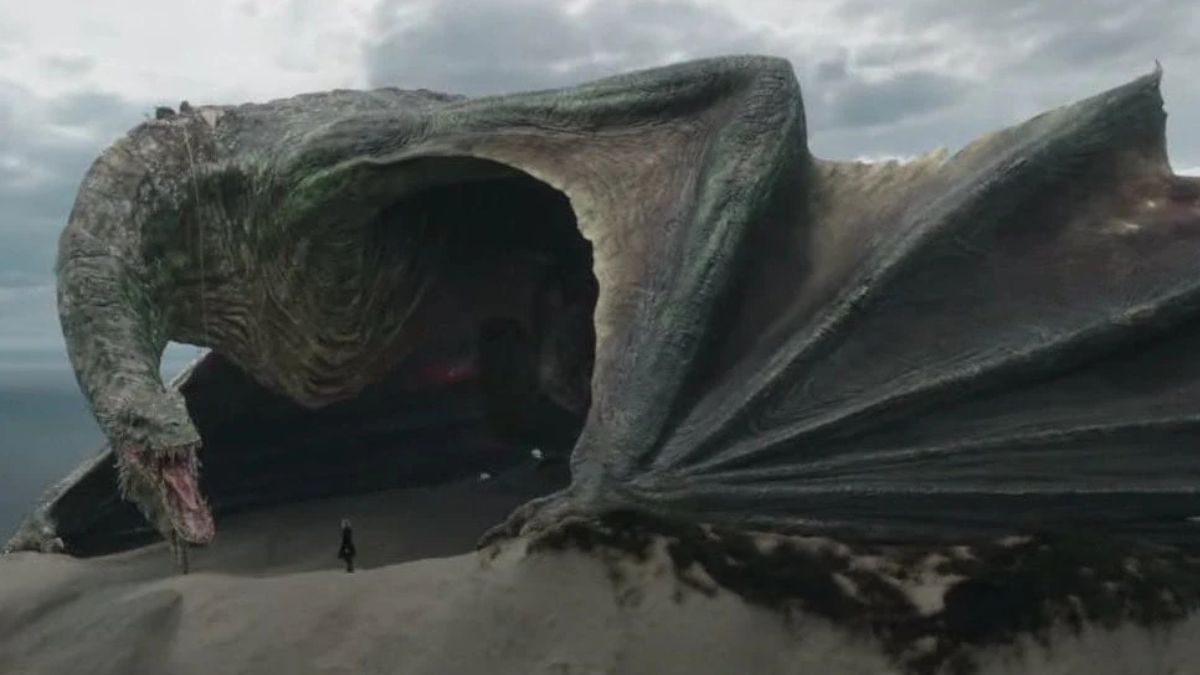
Credits: HBO
Fairfield mentioned that most of the sound she captured was organic-based; only the processing was digital. She went on to say that though she rarely used human actors, she preferred animal sounds to shape the performance for each dragon.
She also mentioned that she emphasised the emotion of the sounds and, hence, sometimes used baby sounds because babies are very primal. The largest of the dragons, Vhagar, has some baby sounds mixed into her sound design.
She mentioned how she related dragons to ‘mythical’ beasts and creatures that have gone extinct from our planet.
“So, I find it ironic that…the world can fall in love with mythical beings. And it’s ironic because I’m using the voices of animals, like, who are on the edge of extinction, or very close, to create these mythical beings, and there’s more love for the mythical beings than there is for the creatures who are providing their vocals, in a way, or are the source material, and are disappearing from our world, and we don’t seem to care.
And I find that an irony in all of this that I’ve discovered along the way. You know, it’s like, if you love the dragons, consider all the beautiful voices of the animals of our planet that have gone into creating these mythical beings. It’s one of the beautiful pleasures of my job to sit with these, you know, the vocals of these beautiful animals. And it’s just something for all of us to think about, you know?”
-

 News5 days ago
News5 days agoLatest The Winds of Winter update by George R.R. Martin disappoints fans once again
-
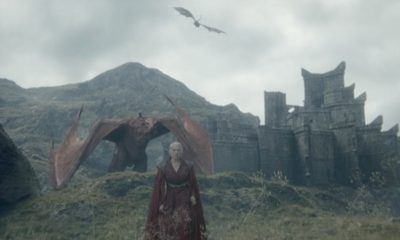
 Interview6 days ago
Interview6 days agoHouse of the Dragon showrunner says the war in Season 3 will go “very hot, very, very quickly”
-
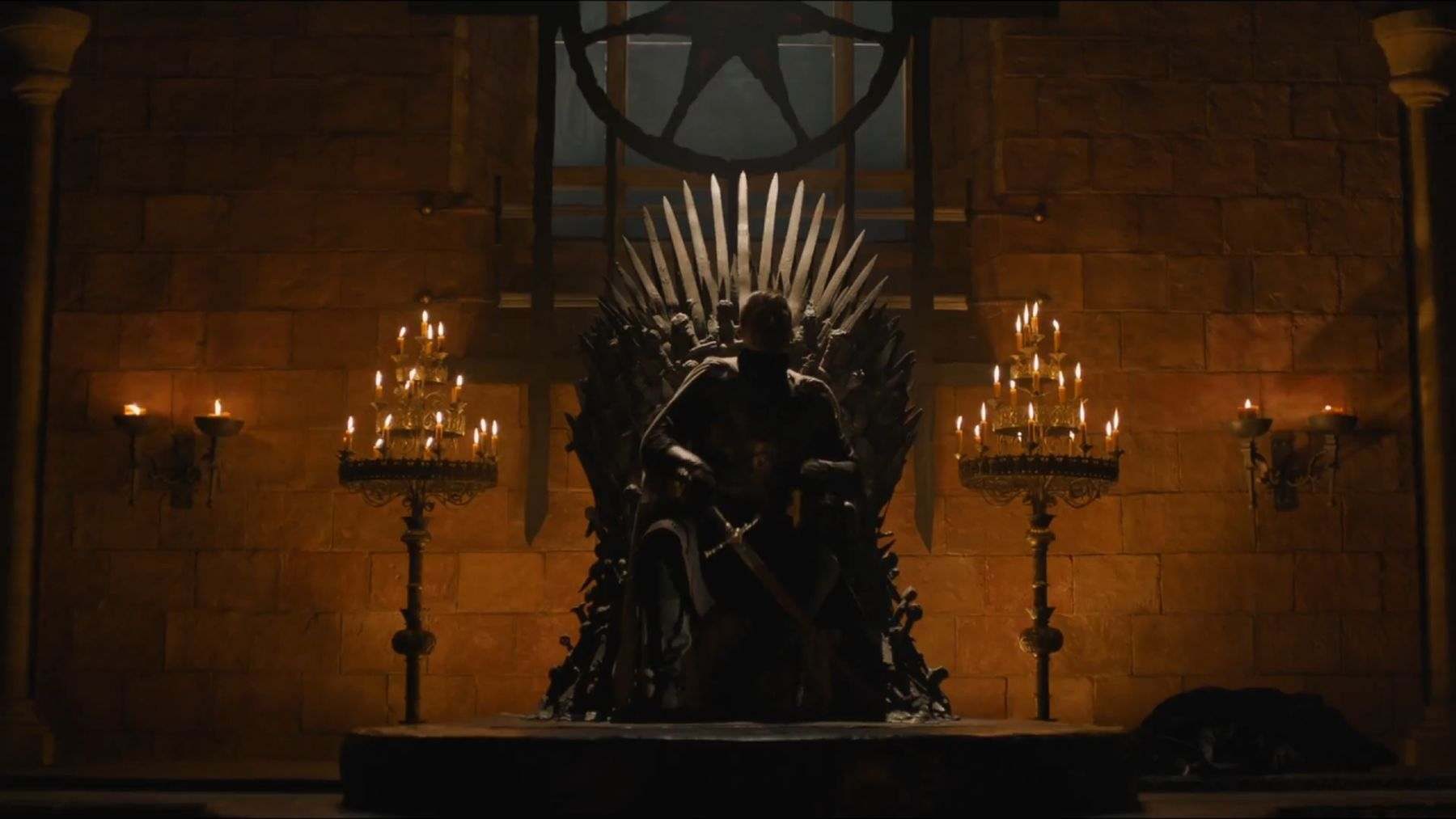
 News1 day ago
News1 day agoPeter Jackson is the new owner of Game of Thrones’ Iron Throne
-

 News12 hours ago
News12 hours agoFirst on-set picture of Milly Alcock as Supergirl reveals a comic accurate costume
-
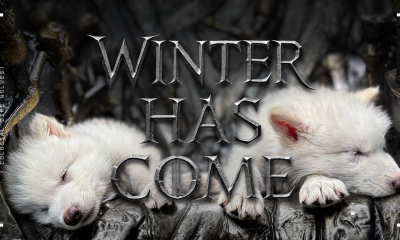
 Humour4 days ago
Humour4 days agoFans Joke Direwolves returned before George R.R. Martin’s The Winds of Winter
-
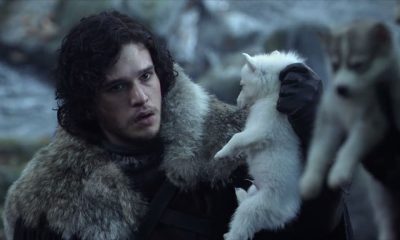
 News5 days ago
News5 days agoScientists bring back direwolves to life, name one of them ‘Khaleesi’
